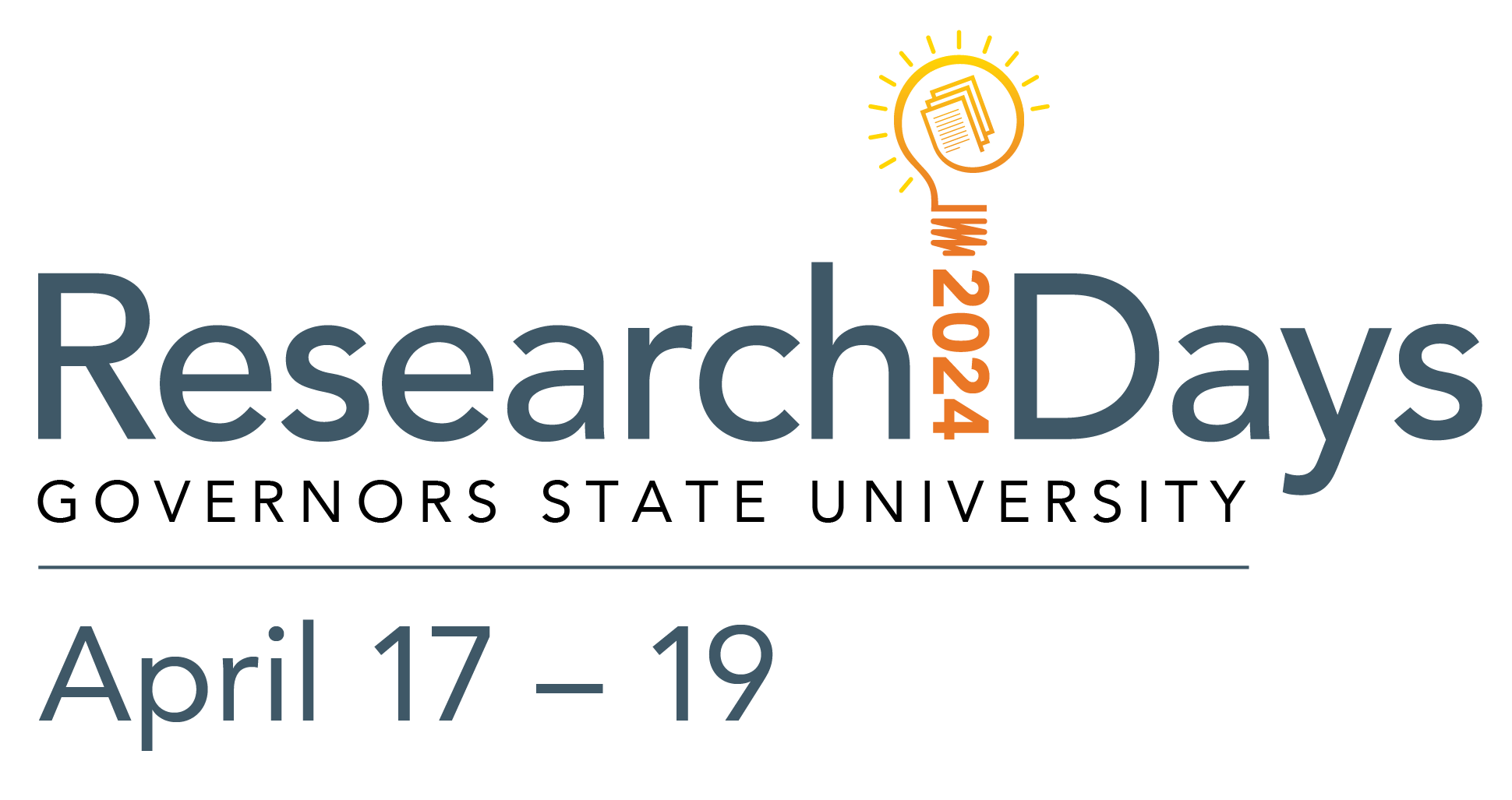Type of Presentation
Poster Session
Location
University Library
Start Date
4-18-2024 11:45 AM
End Date
4-18-2024 1:15 PM
Description of Program
Occupational therapy practitioners use neuro-rehabilitative interventions to treat patients post-stroke across a continuum of care in the United States. A study was conducted to identify which new and current neuro-rehabilitative interventions approaches are utilized by occupational therapy practitioners throughout the U.S. What barriers and enhancers to newer interventions were also explored.
Abstract
Occupational therapy practitioners use neuro-rehabilitative interventions to treat patients, post-stroke, across a continuum of care in the United States. New and current evidence-based interventions are being used in a variety of settings to treat patients. The objective of this study was to identify which new and current neuro-rehabilitative interventions approaches were being utilized by occupational therapy practitioners throughout the U.S., in their practice for patients who have experienced stroke. To achieve this a nationwide, anonymous online survey conducted by occupational therapy graduate students was delivered to members of the Illinois Occupational Therapy Association and the American Occupational Therapy Association through the organizations’ list serv. The inclusion requirements included the individuals be licensed OT or OTAs working with post stroke patients within the United States across a continuum of care. Thirty-seven OT practitioners responded to the survey. Thirty-five of the participants completed the question of which interventions are utilized in their workplace. The most frequent interventions offered in the workplace (94% to 62%) were active range of motion, task specific training, muscle strengthening, verbal and non-verbal cueing, passive range of motion, motor learning, mirror therapy, and electrical stimulation. The indicated barriers or hinderances to utilizing neuro-rehabilitative interventions included being unfamiliar with newer interventions, insufficient professional expertise, and insufficient time due to client short admission stays. Supports identified by occupational therapists were institutionally dedicated time and resources for evidence-based research. Further research is needed to understand the use of new and current intervention approaches used by occupational therapy practitioners in the U.S.
Presentation File
wf_yes
Included in
Neurology Commons, Occupational Therapy Commons, Other Rehabilitation and Therapy Commons
New & Current Non-invasive Occupational Therapy Interventions in Post Stroke Rehabilitation
University Library
Occupational therapy practitioners use neuro-rehabilitative interventions to treat patients, post-stroke, across a continuum of care in the United States. New and current evidence-based interventions are being used in a variety of settings to treat patients. The objective of this study was to identify which new and current neuro-rehabilitative interventions approaches were being utilized by occupational therapy practitioners throughout the U.S., in their practice for patients who have experienced stroke. To achieve this a nationwide, anonymous online survey conducted by occupational therapy graduate students was delivered to members of the Illinois Occupational Therapy Association and the American Occupational Therapy Association through the organizations’ list serv. The inclusion requirements included the individuals be licensed OT or OTAs working with post stroke patients within the United States across a continuum of care. Thirty-seven OT practitioners responded to the survey. Thirty-five of the participants completed the question of which interventions are utilized in their workplace. The most frequent interventions offered in the workplace (94% to 62%) were active range of motion, task specific training, muscle strengthening, verbal and non-verbal cueing, passive range of motion, motor learning, mirror therapy, and electrical stimulation. The indicated barriers or hinderances to utilizing neuro-rehabilitative interventions included being unfamiliar with newer interventions, insufficient professional expertise, and insufficient time due to client short admission stays. Supports identified by occupational therapists were institutionally dedicated time and resources for evidence-based research. Further research is needed to understand the use of new and current intervention approaches used by occupational therapy practitioners in the U.S.

